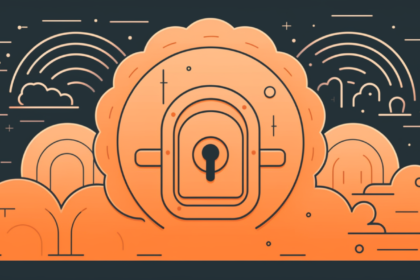Discover how the digital trust landscape is evolving, what new risks are emerging, and the opportunities that lie ahead.
Embracing the Digital Trust Revolution
In today’s fast-paced, interconnected world, digital trust is more important than ever. As we continue to rely on technology and the internet for an increasing number of tasks, the need to protect our digital interactions is paramount. However, with rapid advancements in technology comes a new set of risks and opportunities that both businesses and individuals need to navigate carefully.
Understanding the Evolving Risks
As technology continues to evolve, so do the risks associated with zero trust architecture. Cybercriminals are becoming more sophisticated, devising new strategies to exploit vulnerabilities and breach security systems. In particular, the rise of the Internet of Things (IoT) has created a myriad of new entry points for hackers, with devices ranging from smart home appliances to wearable technology becoming potential targets.
Moreover, the widespread adoption of artificial intelligence (AI) and machine learning has created new opportunities for bad actors to manipulate systems and conduct social engineering attacks. These rapidly emerging threats are challenging traditional approaches to cybersecurity, requiring organisations to adopt new strategies to stay ahead of the curve.
Capitalising on New Opportunities
Despite the growing risks, there are numerous opportunities for businesses and individuals to build digital trust in this rapidly evolving landscape. Blockchain technology, for example, has the potential to revolutionise the way we manage cybersecurity by providing a decentralised, tamper-proof record of transactions.
Similarly, the increasing use of biometric authentication methods, such as facial recognition and fingerprint scanning, offers a more secure alternative to traditional passwords. By embracing these new technologies, organisations can not only protect themselves and their customers but also enhance their reputation as trusted digital service providers.
Conclusion
The future of zero trust architecture is a complex and ever-changing landscape, with new risks and opportunities constantly emerging. To stay ahead, organisations and individuals must be proactive in their approach to cybersecurity, adopting new technologies and strategies to protect themselves and their customers. By doing so, they can capitalise on the opportunities presented by the digital revolution and secure a prosperous future in an increasingly interconnected world.











